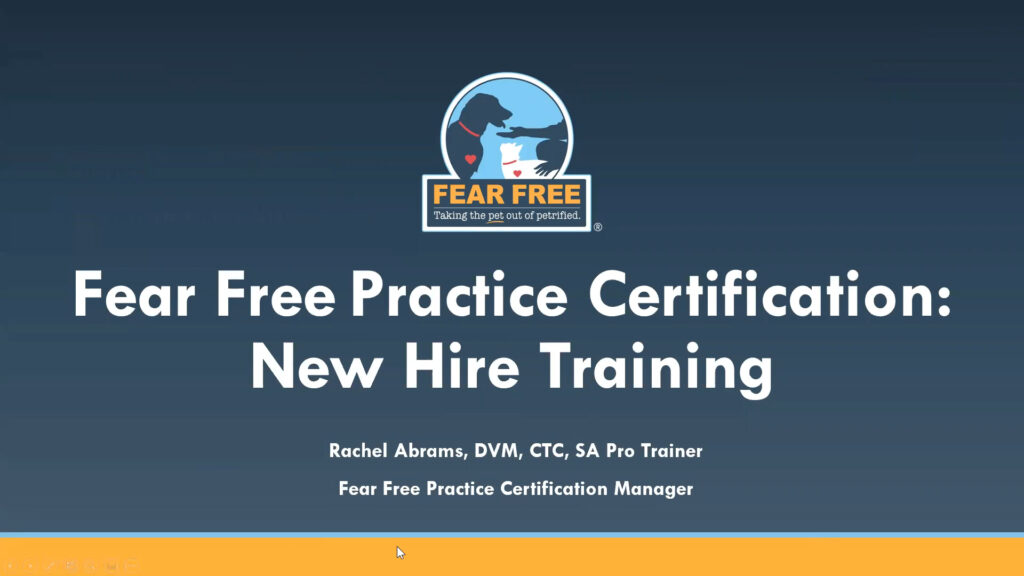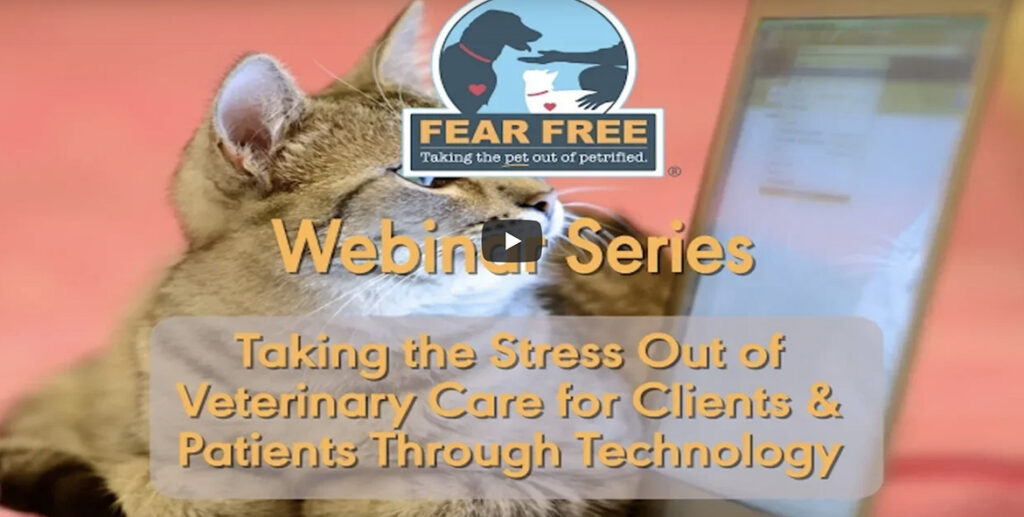
Crash, Boom, Bang! Addressing Noise Aversion in Dogs
It is estimated that a third of dogs suffer from some form of noise aversion. If you saw 12 dogs yesterday, four of them are likely to develop noise sensitivities in their lifetime. Not only can a fear of sounds be physiologically and emotionally damaging for dogs, but it can also strain the human-animal relationship. This session will provide you with strategies for how to approach, prevent, and treat sound sensitivities, including teaching desired coping skills. Sponsored by Zoetis.









